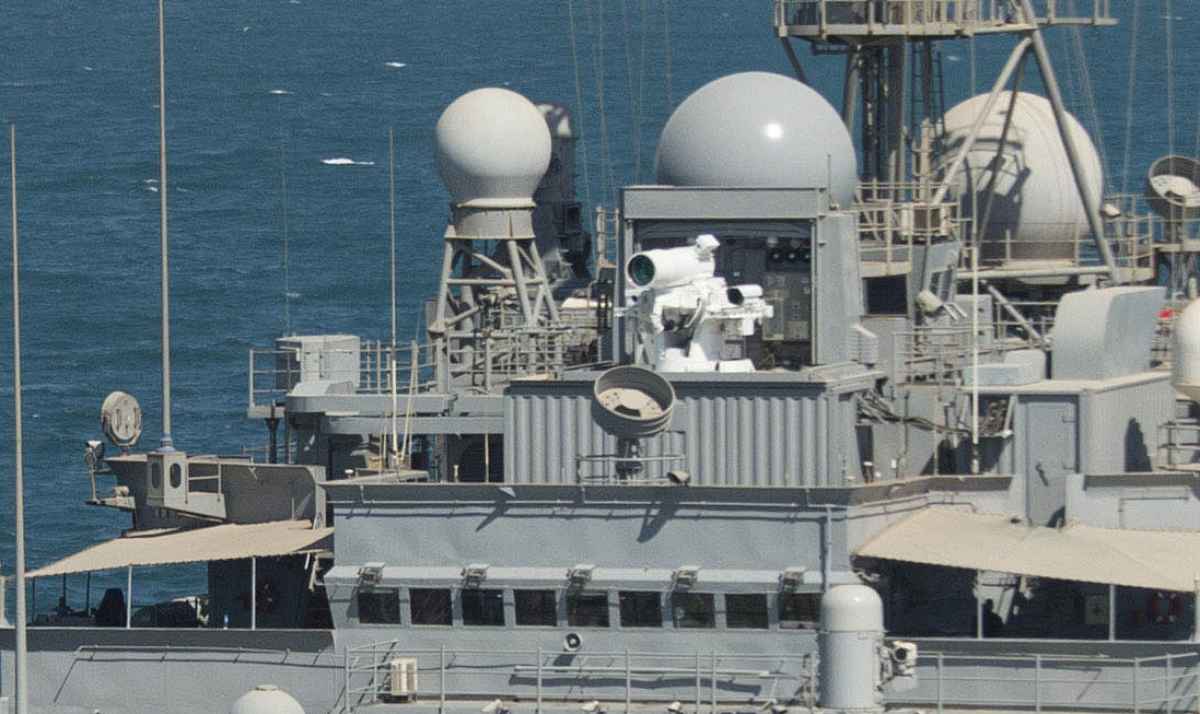Seven times the speed of sound, 2382 metres per second, is an absurd speed for any projectile. Absurdity must yield to fact, however, and this is precisely how quickly an artillery shell moves when fired by the United States Navy’s (USN) long-desired railgun.
A railgun works by generating an electromagnetic force with two parallel rails which propel the ammunition, unlike the controlled explosions of conventional naval artillery. BAE Systems, the developer, claims that the range of such a weapon can reach two hundred kilometres, and hit a target on the horizon in six seconds.
Furthermore, individuals do not need the complex electronic systems of guided weapons. Ammunition is therefore vastly cheaper, possibly as little as one-twentieth the expense of a standard Tomahawk cruise missile.
Powering such a creation requires a consistent twenty-five megawatts of electricity. This number without context may seem meaningless, but it is large enough that very few ships in the USN have enough spare electrical capacity to fire a railgun. Therefore, the supply ship USS Trenton will receive the honour of carrying out tests in the summer of 2016. if BAE’s claims hold up, the USN will have a potent new weapon at its disposal.
Of course, it is fair to ask what use naval artillery is in the age of guided missiles. For quite some time, the inaccuracy of such weapons combined with their limited range has made the famous Tomahawk a more viable tool.
However, technology has advanced beyond this point. When targeting hostile warships, a shell from a railgun travels too quickly to be destroyed and lacks systems that can be disrupted by electronic counter-measures, unlike a Tomahawk. With modern fire control computers, an accurate railgun can shoot an incoming anti-ship missile out of the sky. Fire support for amphibious operations is yet another possibility.
The USN’s vision for a 21st century warship is starting to take shape. A variety of long-range cruise missiles are already in place, and railgun artillery offers both offensive and defensive capabilities at medium-range. However, the last line of defence currently consists of the Phalanx Close-In Weapons System, a large radar-guided Gatling gun which is not optimal for targeting supersonic missiles. What will replace this?
Lasers. Yes, you read that correctly.
In December 2014, an experimental system installed on the USS Ponce was declared an operational asset and authorized for use in defending the ship. The Laser Weapon System (LaWS) uses an estimated 30 kilowatts. What does that mean, exactly?
For comparison, an average laser pointer found in a classroom uses five milliwatts, or five-thousandths of one watt. A one-watt laser is more than twice as powerful as those used in creating DVDs, and can cause blindness and serious burns. A three-thousand watt laser, three kilowatts, is the kind of power used for high-end precision manufacturing, and makes light work of steel.
The LaWS is ten times more powerful than this industrial-grade laser.
A demonstration, targeting a small craft similiar to those used by terrorist groups, instantaneously caused the raft’s engine to explode. The weapon has also successfully shot down target drones and detonated grenades, an impressive level of accuracy. Its use against anti-ship missiles would certainly cause the internal guidance systems to fail from overheating, if the missile itself does not prematurely ignite.
If all of this seems like the dreams of some admirals with too much time on their hands, don’t scoff. Ships like this are already well on their way.
In July 2015, the Japanese Maritime Self-Defence Force began constructing two new Atago-class destroyers, the most modern warships deployed by Japan, with unusually enlarged hulls. Images released by the Japanese Ministry of Defence clearly show an intent to equip the ships with both railguns and laser-based weaponry. The first, if commissioned on schedule, will sail in 2020.
The speed and effectiveness of these laser-based weapons are vastly superior to conventional anti-air and anti-missile defence capabilities. Furthermore, they offer a viable defence against what is currently the most viable method of defeating American fleets, the fabled thousand-missile strike. The Centre for International Maritime Security, which has performed a much more thorough and technical analysis here, supports this conclusion.
Each of these developments in isolation does not herald a revolution on the scale that drones do for aerial and land warfare. As the most prominent advances in naval technology, however, they may yet combine with multiple other fields changing in their own right.
Evolving needs, tactics, and ship design meet in the Littoral Combat Ship, which will eventually produce 32 vessels operating in waters as shallow as four metres. Unmanned underwater vehicles do now exist, though in relative obscurity. Ambitious naval powers are taking notice; new opportunities and challenges for these new technologies are opening up from the Caribbean to the South China Sea.






